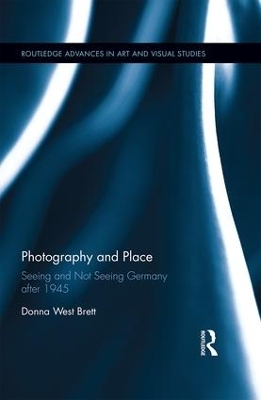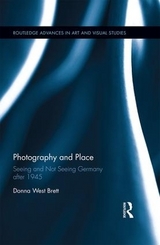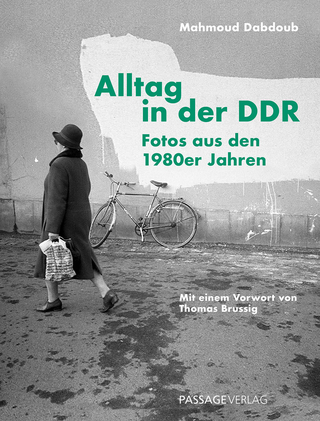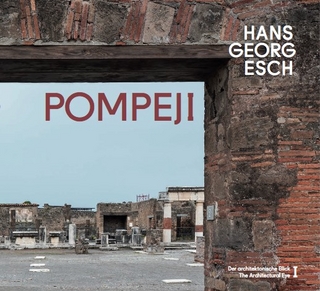Photography and Place
Seeing and Not Seeing Germany After 1945
Seiten
As a recording device, photography plays a unique role in how we collectively remember places and the events that have happened there. This book presents a theoretical and historical analysis of German photography of place after 1945.
As a recording device, photography plays a unique role in how we remember places and events that happened there. This includes recording events as they happen, or recording places where something occurred before the photograph was taken, commonly referred to as aftermath photography. This book presents a theoretical and historical analysis of German photography of place after 1945. It analyses how major historical ruptures in twentieth-century Germany and associated places of trauma, memory and history affected the visual field and the circumstances of looking. These ruptures are used to generate a new reading of postwar German photography of place. The analysis includes original research on world-renowned German photographers such as Thomas Struth, Thomas Demand, Michael Schmidt, Boris Becker and Thomas Ruff as well as photographers largely unknown in the Anglophone world.
As a recording device, photography plays a unique role in how we remember places and events that happened there. This includes recording events as they happen, or recording places where something occurred before the photograph was taken, commonly referred to as aftermath photography. This book presents a theoretical and historical analysis of German photography of place after 1945. It analyses how major historical ruptures in twentieth-century Germany and associated places of trauma, memory and history affected the visual field and the circumstances of looking. These ruptures are used to generate a new reading of postwar German photography of place. The analysis includes original research on world-renowned German photographers such as Thomas Struth, Thomas Demand, Michael Schmidt, Boris Becker and Thomas Ruff as well as photographers largely unknown in the Anglophone world.
Donna West Brett is a Lecturer of Modern Art at the University of Sydney, Australia. She is author of ‘Interventions in Seeing: GDR Surveillance, Camouflage & the Cold War Camera’, in Camouflage Cultures: The Art of Disappearance, Ann Elias, et al., eds. (University of Sydney Press, 2015).
Prologue: Photographing History: Germany and its Recent Past Introduction: Seeing and Not Seeing: Photography and Place 1. Ruin-Gazing: The Disorienting View 2. View from the Edge 3. After the Fact: Late Photography and Unconscious Places 4. After-Image: Re-Photography and Place 5. Aftermath: Absence and Place 6. Der Wald: Memory and Landscape Afterword: Photographing History after Demand
| Erscheint lt. Verlag | 1.12.2015 |
|---|---|
| Reihe/Serie | Routledge Advances in Art and Visual Studies |
| Zusatzinfo | 52 Halftones, black and white |
| Verlagsort | London |
| Sprache | englisch |
| Maße | 152 x 229 mm |
| Gewicht | 453 g |
| Themenwelt | Kunst / Musik / Theater ► Fotokunst |
| ISBN-10 | 1-138-83252-9 / 1138832529 |
| ISBN-13 | 978-1-138-83252-7 / 9781138832527 |
| Zustand | Neuware |
| Haben Sie eine Frage zum Produkt? |
Mehr entdecken
aus dem Bereich
aus dem Bereich
Fotos aus den 1980er Jahren von Mahmoud Dabdoub
Buch | Hardcover (2024)
Passage-Verlag
24,50 €
Buch | Hardcover (2024)
Spector Books OHG (Verlag)
42,00 €
der architektonische Blick : the architectural eye
Buch | Hardcover (2024)
König, Walther (Verlag)
38,00 €




